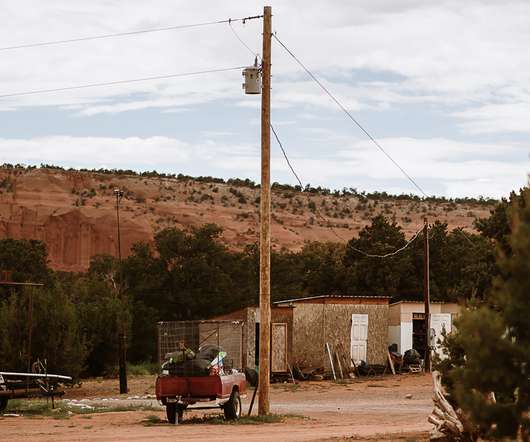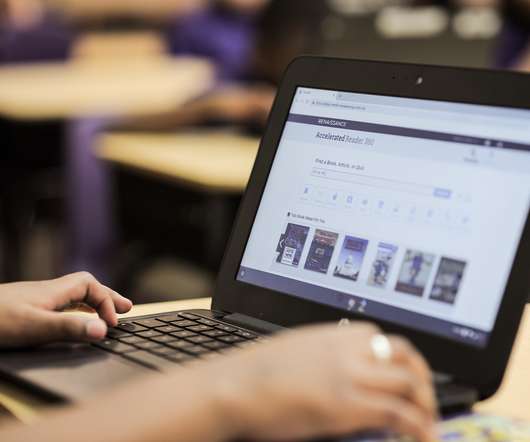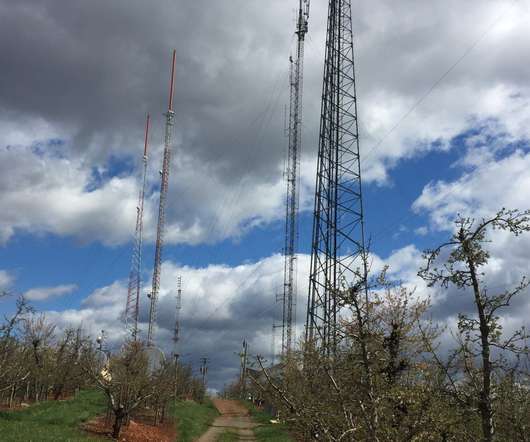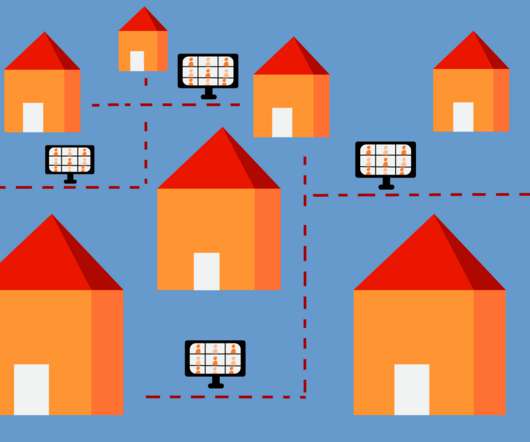Racial segregation is one reason some families have internet access and others don’t, new research finds
The Hechinger Report
OCTOBER 14, 2021
Editor’s note: This story led off this week’s Future of Learning newsletter, which is delivered free to subscribers’ inboxes every other Wednesday with trends and top stories about education innovation. Their research also revealed that differences in broadband vary depending on race, ethnicity and income levels.























Let's personalize your content